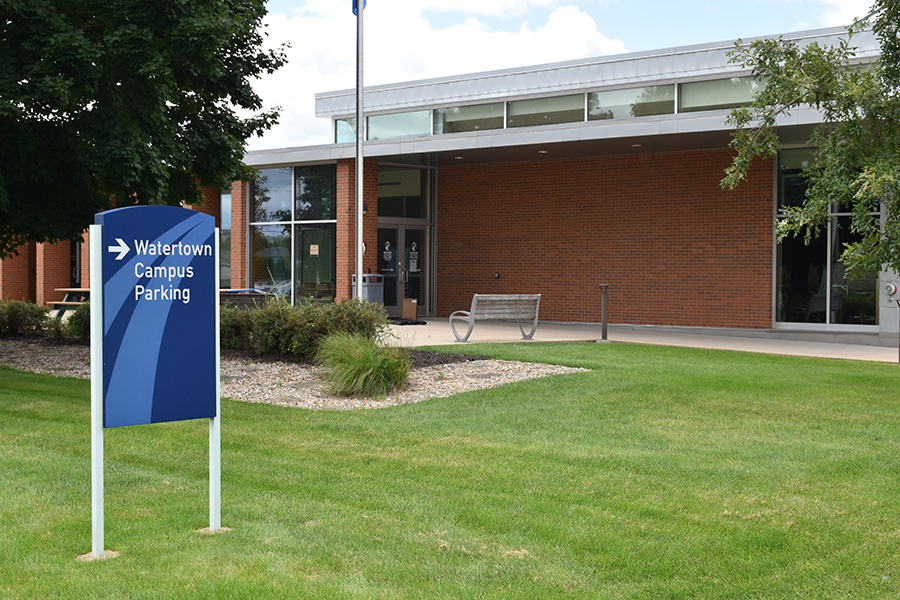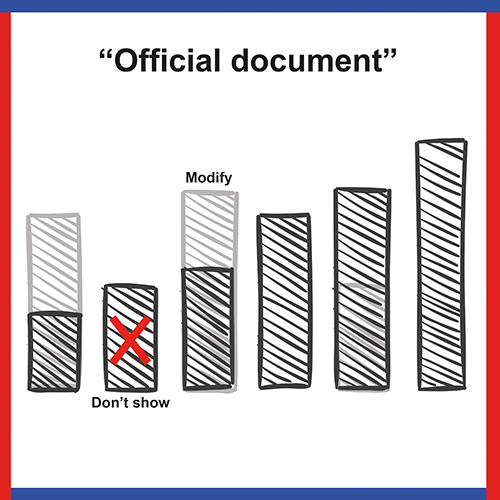Having a place to call home is a comforting thought to many. For renters in Wisconsin, home will have changed, according to the new laws outlined in the recent passing of SB 179. Though the streets of Madison are fairly clear, the pathways to storefronts are peppered with homeless people. This, combined with the change of renters’ rights and the current availability of livable space in the city, will either shape new ideas to expand fair housing or fail to adequately encompass the needs of Madison’s residents.
Brenda Konkel has been the executive director of the Tenant Resource Center since 1995. Konkel’s knowledge shows objectivity but little hope for creating a community of 100 percent housed citizens. The Resource Center was brought about to fill the need of giving information to citizens, in opposition to union organized rent strikes. The center has opened its doors to create opportunities to solve housing concerns for the renting population of our city. Konkel said that the biggest issues people call about are eviction, repairs, security deposits and breaking a lease, but that they will answer just about any question. The outreach that the Resource Center has provided has served as a tool to keep an open line of communication between renters and landlords. But what about the new laws passed, such as SB 179, and what does that mean for renters?
Konkel describes the impact of these recent renters’ laws.
“Low vacancy rates means higher rents, less incentive to make repairs, more people being screened out of the application process for minor things and, I believe, more opportunity for discrimination,” Konkol said. “Landlords often have waiting lists for their apartments and can just move on to the next application if they see anything they don’t like about a tenant.”
However, she said the changes in the eviction process worry her the most. She is concerned about the sheriff not being involved in the eviction action and landlords being able to “immediately” evict a tenant after they go to court. For Madison and Dane County residents, there will be more than 70 changes between 2011 Wis Act 108, 2011 Wisconsin Act 143 and SB 179.
Suppose a resident is displaced, there are fewer options than in the past for relocating. Konkel said the minor uptick in the third quarter of this year is not enough to be hopeful – we need to build 600 units per year, and thousands more to catch up, to get back to a healthy five percent vacancy rate. Where landlords will not have the upper hand, but there will be a more level playing field.
If an issue does occur between a tenant and the property owner, Konkel advises to check out tenantresourcecenter.org even if you think you know the laws.























